
I really lucked out with our Christmas Eve snowstorm and captured some magnificent flakes. Who would have thought using a less-expensive lens would result in higher quality images?!?

Typically, if snow conditions hold, I shoot between 200 and 300 frames each storm. I was lucky to be home for this one. Usually, I'm at work or on the train when we get big, fluffy flakes, which photograph the best and are the easiest on which to focus.

Wind also was a little bit of a friend this time around, believe it or not, because it kept clearing "the palette" for me. I didn't have to keep cleaning the glass as snowflakes melted. They often blew away before they could puddle. Chilling and yet remarkably refreshing!

I've been studying the works and writing of accomplished snowflake photographers. One of the most important elements is the amount of time spent on each snowflake. I'm not at a point yet where I can snap 40 pictures of a snowflake, then stack them to achieve the ideal focal depth for each segment of the flake, but I've learned I can spend more time in the editing process to improve each individual image.

Depth of field is the amount of 3D focus, determined by the size of the lens opening. A wide lens opening will record images through all portions of the lens, the thick as well as the thin. The thin outer edge of a lens will not produce the same sharpness as the thick center of a lens. When you shoot a close-up of a person, you want the tip of their nose to be in focus, and you want their entire face to the back of their head to be in focus, so you want a small lens opening. If you are shooting from a distance, you want the face to be in focus, but you might not want the background to be as focused, so your eye rests on the face and doesn't travel all over the photo looking for a place to stop.

When shooting snowflakes, the depth of focus does not have to be as great because most snowflakes are flat and extremely thin. But from up close, that narrow depth actually matters, especially if the snowflake is not completely parallel to the camera's focal screen. The closer you get to any object, the narrower the depth of field will be. The further you are from a subject, the wider your area of focus will be.

I've learned it's okay to clean up the area around a snowflake; I don't have to let all the melted snowflakes, moisture streaks and broken snowflake segments remain in the photo. That's probably the biggest change I've made this time around. It significantly adds to the amount of processing time required.

Thank heavens I had three consecutive days off for my Christmas break, and minimal elbow pain to boot; I won't always have that kind of time to spend editing! Yes, I do stop working on the computer altogether when my elbow begins screaming at me, no matter how good the pictures.

This snowflake session with a non-macro lens taught me I can get greater depth of field by not being as close to each snowflake. That means more of each flake had the potential of being in focus when I'm further away. It also means I have to blow up each snowflake considerably more, then use an artifact-clearing filter to minimize pixelization and a sharpening tool to strengthen the soft edges.

Several of this session's snowflakes display lines I initially thought must be camera movement. Press down on the shutter, alter the camera's position just enough to pick up motion. But the lines were not parallel. Elongated, they radiate back to... the light source! Just like a meteor!

The lines are the reflection of the strobe on the mirror-like surfaces of the snowflake bouncing off the picture frame glass I used as a shooting background! May have to switch to a different working surface to eliminate that. For now, though, I'm okay with the lines, now that I know I wasn't shooting slow enough to pick up camera movement.

Back in my prime, I could handhold (no bulky tripod) while shooting with a normal lens at 15th of a second. I'm not sure I'm that stable now, especially when I'm really cold. But 100th of a second with a normal lens and through-the-lens flash metering (high tech auto exposure) should not be capturing any camera movement.

I had read since the last snowstorm that shooting snowflakes should not be done with the smallest aperture opening, but I forgot to change that and shot with the most depth of field possible. I can't even remember now why it's not good to use the smallest aperture, and I'm definitely not complaining about the depth of field in the final images. So I'm not sure I'll experiment with a larger opening next time.

I also knew gigantic fluffy flakes aren't truly ONE flake, but a collection of crystals that bonded in flight. The strength of the wind this round slammed the flakes into the glass, often smashing them to smithereens before I could shoot them, but also providing a higher percentage of snowflakes flat against the glass (contributing to the above-described reflection lines), which means I got more snowflake surface area in focus each attempt than I've been able to capture in the past, when the flakes landed gently and did not break up.

One of the most amazing things about shooting from further away is capturing more than one clear, sharp snowflake in some images! Like a kid opening multiple package on Christmas morning!

Two frames had three perfect snowflakes, and one frame had four perfect snowflakes! Two triples and a home run!

This time around, I shot 394 frames, and after all the editing was done, I had 104 snowflake images of which I think are good enough to share publicly. In the past, I've been lucky to get 10-12 good snowflake shots from each storm. This storm really was Christmas for me!!!

I can't wait for our next fluffy flake snowstorm and hope I'm home so I can shoot again. I do confess, however, I may be dividing my storm time between photography and snow-dyeing, if we get enough snow. There's just something magical about snow-dyeing. Ice cube dyeing is fun, but it doesn't have the magic of snow.

Until then, the most difficult snowflake decision I must make is which one to crochet next!

You may do whatever you'd like with snowflakes you make from this pattern, but you may not sell or republish the pattern. Thanks, and happy new year!

Finished Size: 6 inches from point to point
Materials: Size 10 crochet thread, size 7 crochet hook, empty pizza box, wax paper or plastic wrap, cellophane tape, water soluble school glue or desired stiffener, water, glitter, small container for glue/water mixture, paintbrush, stick pins that won't be used later for sewing, clear thread or fishing line
New Year Snowflake Instructions
Make magic ring.
Round 1: Ch 2 (counts as 1 dc), 4 dc in ring, take loop off hook, insert hook through 2nd ch of starting ch 2 and replace loop on hook, pull loop through ch (popcorn stitch made), ch 3, * 5 dc in ring, take loop off hook, insert hook through top loop of 1st dc and replace loop on hook, pull loop through top of 1st dc (popcorn stitch made), ch 3; repeat from * 4 times, omitting last ch 3 of final repeat; ch 1, 1 dc in top of starting popcorn st to form 6th ch 3 tip of Round. Pull magic circle tight.
Round 2: Ch 2 (counts as 1 dc), 2 dc over post of dc directly below, *3 dc in next ch 3 tip, ch 3, 3 dc in same tip; repeat from * around 4 times; 3 dc in next ch 3 tip, ch 1, 1 dc in 2nd ch of starting ch 2 to form 6th ch 3 tip of Round.
Round 3: Ch 2 (counts as 1 dc), 1 dc over post of dc directly below, ch 7, 1 sc in 2nd ch from hook and in each of next 4 ch, ch 3, 2 dc in same ch 3 tip, ch 3 2 dc in same ch 3 tip, [in next ch 3 tip work 2 dc, ch 3, 2 dc, ch 7, 1 sc in 2nd ch from hook and in each of next 4 ch (spoke made), ch 1, 2 dc, ch 3, 2 dc] 4 times; 2 dc in next ch 3 tip, ch 1, 1 dc in 2nd ch of starting ch 2 to form ch 3 sp.
If you're not reading this pattern on Snowcatcher, you're not reading the designer's blog. Please go here to see the original.
NOTE: Binding off here makes an adorable little flake.

Round 4: 1 sc over post of dc directly below, * ch 3, 1 dc in tip of spoke, 2 dc in spoke, ch 3, 1 dc in spoke, ch 3, 1 sc in next ch 3 sp, ch 3, 1 sc in next ch 3 sp; repeat from * around 5 times, omitting last sc and last ch 3 of final repeat; ch 1, 1 dc in starting sc to form 6th ch 3 joint sp of Round.
Round 5: 1 sc over post of dc directly below, * ch 5, 1 dc in next dc, ch 5, sk next dc, 2 dc in next dc, ch 5, 1 dc in next dc, ch 5, sk next ch 3 sp, 1 sc in next ch 3 sp; repeat from * around 5 times, omitting last sc of final repeat; sl st in starting sc.
Round 6: * Ch 5, 1 dc in next dc, ch 5, sk next dc, 3 dc in next dc (shell made), ch 4, yo and draw up loop through 4th ch from hook, yo and draw through 1 loop on hook (foundation dc ch made), [yo and draw through 2 loops on hook] 2 times (foundation dc made), 1 dc in same fdc ch, [OPTIONAL PICOT: ch 3, sl st in top of dc just made], yo and draw up loop through same fdc ch, yo and draw through 1 loop on hook (fdc ch made), [yo and draw through 2 loops on hook] 2 times (fdc made), 1 dc in same fdc ch (spoke tip made), 3 dc in same spoke dc as previous shell, ch 5, 1 dc in next dc, ch 5, sl st in next ch 3 sp; repeat from * around 5 times; bind off. Weave in ends.








Finish: Tape wax paper or plastic wrap to top of empty pizza box. Pin snowflake to box on top of wax paper or plastic wrap.
If using glue, mix a few drops of water with a teaspoon of glue in small washable container. Paint snowflake with glue mixture or desired stiffener. Sprinkle lightly with glitter. Wash paintbrush and container thoroughly. Allow snowflake to dry at least 24 hours. Remove pins. Gently peel snowflake from wax paper or plastic wrap. Attach 10-inch clear thread to one spoke, weaving in end. Wrap fishing line around tree branch (or tape to ceiling or any overhead surface) and watch snowflake twirl freely whenever you walk by! Snowflake also may be taped to window or tied to doorknob or cabinet handle.



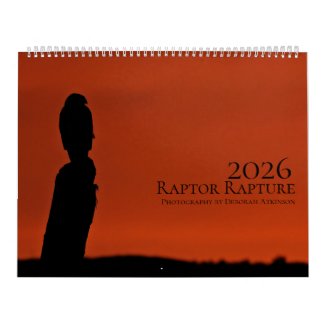





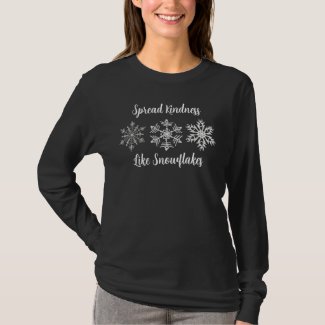
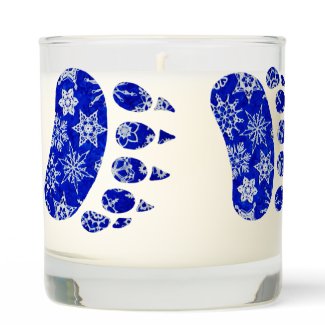


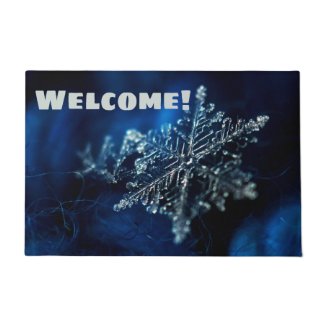
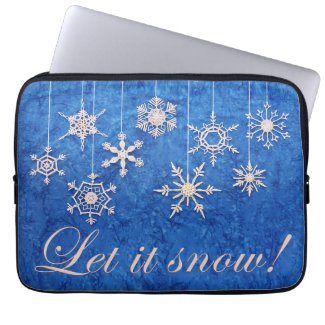
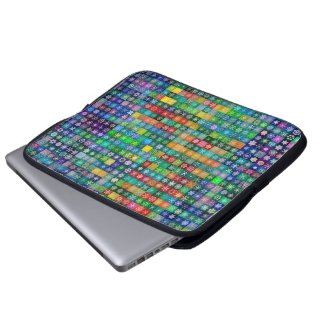
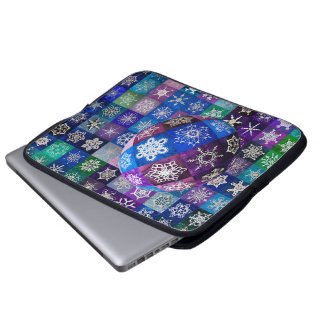














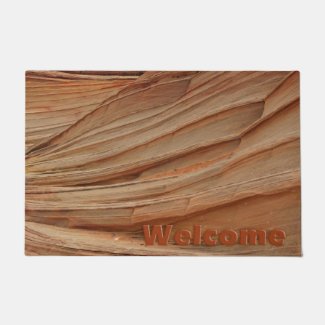
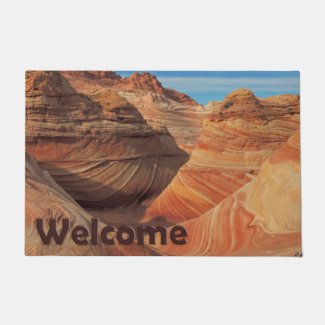
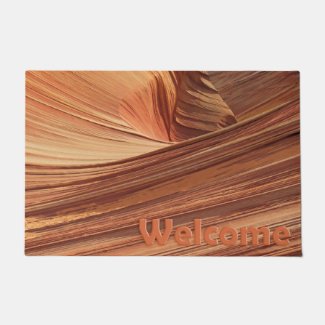
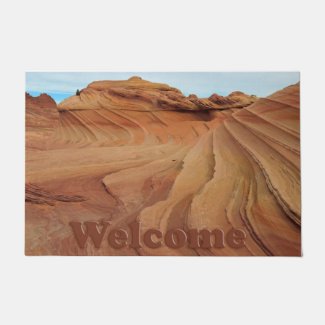
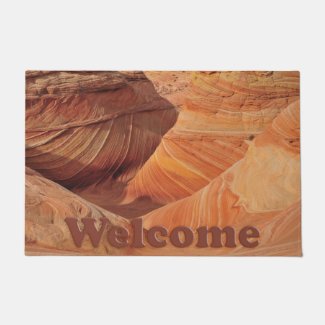
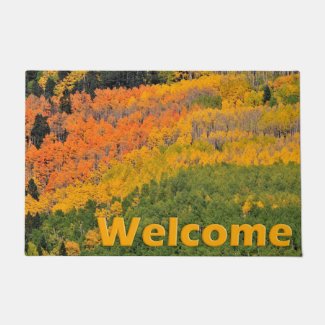
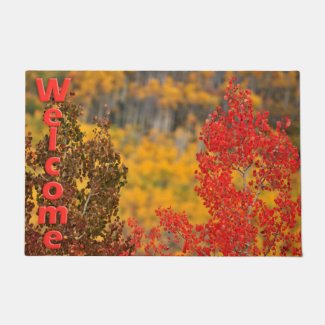
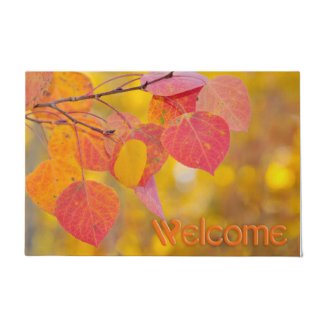
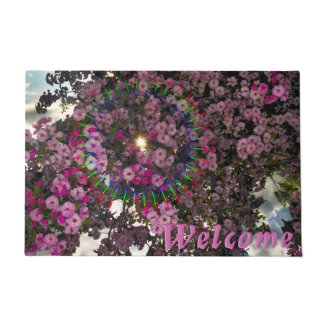
You can have all of our fluffy snow too. Take it for free lol
ReplyDeleteI never knew so much went into it. Shows my shooting knowledge. Interesting how they try for 40 and stack them on one another. Has to be quite the editing process indeed.
Definitely an elbow-burner, Pat! And I’ll take all the snow I can get!
DeleteWow, not only do we get an amazing array of snowflake images, but a crochet pattern to boot! Christmas indeed!
ReplyDeleteI thought of you a few nights ago, Deb, when big fluffy snowflakes had been falling all day and our car was covered with them when I left work. No camera in hand or you can bet I'd have been taking (or trying to take) photos. All I could think of was "Deb would love these flakes!" :)
Hope you get some more photo ops soon.